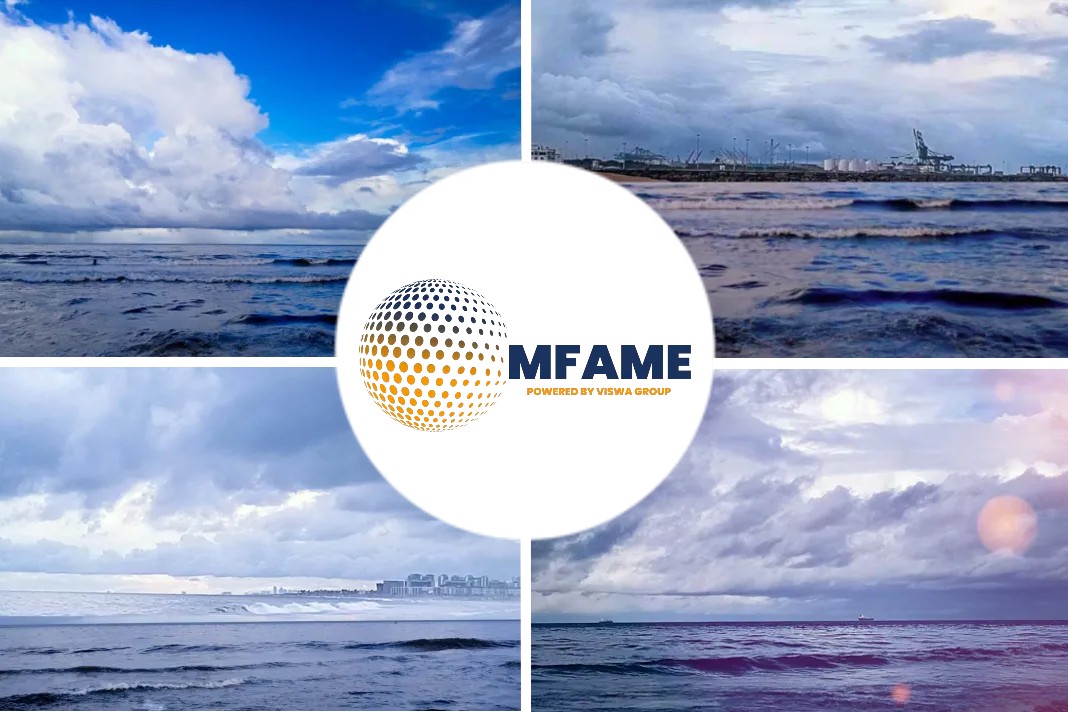- Russian oil logistics are in chaos.
- Can the petroleum industry’s supply chain handle the harshest sanctions on Russian exports?
- Traders, tanker companies are fixated on the question.
A vast shadow fleet of tankers with unknown owners is being amassed to service Moscow’s interests. Intense US-led diplomatic wrangling to soften aggressive European Union sanctions has been going on for months but time is ticking.
A Pre-hand Warning
The US has been sounding the alarm for months that Europe’s sanctions on Russia could trigger such a shock. It’s pushing for companies to be allowed to access EU services especially insurance to avoid a price spike before the midterm elections in November. To do that, buyers would have to sign up to a controversial oil price cap. What looks certain is that a large part of Russian flows will be handled by a complex and often secretive network of ships, owners, ports and safe passages dominated by entities still willing to deal with Russia.
“If you look at how many ships have been sold over the past six months to undisclosed buyers, it’s very clear that a fleet is being built up in order to transport this,” said Christian Ingerslev, chief executive officer of Maersk Tankers. In the run-up to Dec. 5, when the EU is due to ban Russian crude imports and halt the provision of shipping, financing and insurance cover to related trades.
Shipbroker Braemar estimates that to support four million barrels a day of Russian exports to the far east, many of the recently-transacted vessels will need to be added to the 240 ships 102 Aframaxes, 58 Suezmaxes and 80 very-large crude carriers. Beyond that, there will also almost certainly be a surge in ship-to-ship transfers — cargoes being switched from one tanker to another at sea. That’s a result of both the sanctions risk from handling exports directly from Russian ports and the need to collate a few small cargoes.
A Rough Journey
Ship-to-ship transfers involve one vessel maneuvering itself alongside another, attaching a pipe to allow the cargo to be pumped between the two carriers. It can take up to two days and is best done in the calmest waters possible with good weather. Some can involve a multi-stage process of transferring oil from an initial tanker to a floating storage facility, before another step to move the cargo to another ship.
Once the sanctions kick in, European seas will almost certainly be off limits for these so-called STS transfers, and it won’t be very helpful for Russia or its buyers to do them inside the Baltic Sea. That’s because, ideally, Asia-bound oil will be transferred onto giant supertankers that are too big to get out of the Baltic with cargoes on board. The initial vessel would turn around after discharging its cargo to that supertanker and return for more Russia oil, creating a shuttling effect.
While some shipbrokers floated possible suggested locations like Gibraltar and Ceuta, others had doubts citing their links to UK and Spain, which restrict trade with Russia. While STS operations tend to be costly with an element of risk, this practice will be paramount in ensuring the continued flow of Russian crude — both logistically and to help some buyers to keep their activities private.
Frenzy Over Buying
Over the past months, there’s been a frenzy of buying activity in the used tanker market, specifically concentrated on the type and class of ships that will be heavily used to move Urals and ESPO from their export terminals. One such tanker type is Aframaxes, the smallest mainstream international tanker that can carry about 650,000 to 750,000 barrels of oil through shallower waters and from shallower ports.
Aframaxes with ice-breaking capabilities have been in the spotlight as they’ll be essential for exports of Urals from the Baltic this winter. Shipbrokers also observed a rise in trading activities for non-ice class aframaxes aged 15 years or older.
Most tankers are covered against risks including oil spills by 13 member organizations within the International Group of P&I Clubs, many of which are in Europe. The price cap would make European services and insurance available to companies who adhere to a price ceiling for Russian oil. Notwithstanding whether Russia would cooperate with the cap program, the EU’s participation is far from straightforward.
Europe is a center for insurance and reinsurance and without it, owners risk being under covered against risks including oil spills. That makes adhering to EU sanctions — and the cap — a very polarizing and uncertain issue for tanker owners.
Did you subscribe to our daily Newsletter?
It’s Free! Click here to Subscribe
Source: EconomicTimes























